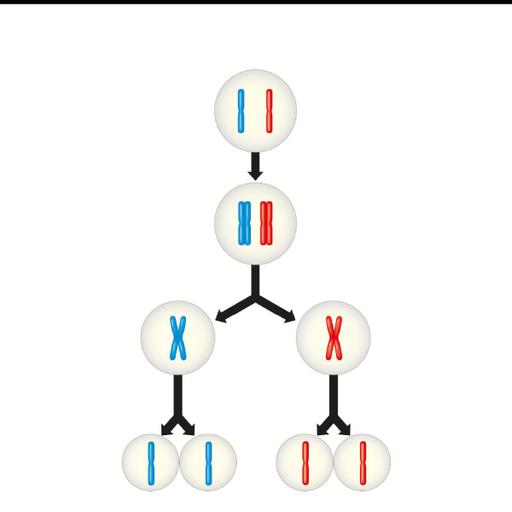Meiosis
Presentations | English
"Meiosis is the process in eukaryotic, sexually-reproducing animals that reduces the number of chromosomes in a cell before reproduction. Many organisms package these cells into gametes, such as egg and sperm. The gametes can then meet, during reproduction, and fuse to create a new zygote. Because the number of alleles was reduced during meiosis, the combination of two gametes will yield a zygote with the same number of alleles as the parents. In diploid organisms, this is two copies of each gene Meiosis is necessary for many sexually-reproducing animals to ensure the same number of chromosomes in the offspring as in the parents. The act of fertilization includes two cells fusing together to become a new zygote. If the number of alleles of each gene is not reduced to 1 in the gametes that produce the zygote, there will be 4 copies of each gene in the offspring. In many animals, this would lead to many developmental defects.. Each stage is subdivided into several phases. Meiosis I: • Prophase I • Metaphase I • Anaphase I • Telophase I • Cytokinesis I Meiosis II: • Prophase II • Metaphase II • Anaphase II • Telophase II • Cytokinesis II"

6.50
Lumens
PPTX (26 Slides)
Meiosis
Presentations | English
